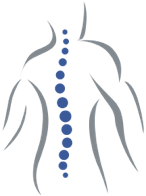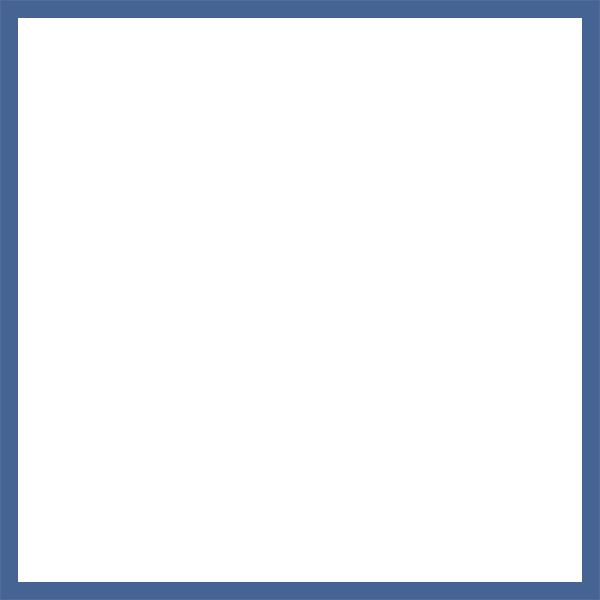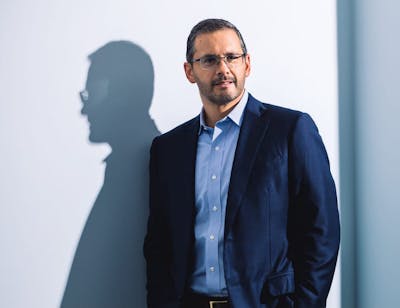What are the Symptoms of Growth Plate Pain and Injury?
Your child’s growing body and play habits can clue you into their bone and joint health. They may have a growth plate injury if they:
- Have sustained an acute injury
- Report severe pain after an injury
- Can no longer play after sustaining an injury
- Have a visible deformity in the injured area
- Report persistent pain and soreness at a joint or in the heel, regardless of injury
How is Pediatric Growth Plate Pain Treated?
Treatment for pediatric growth plate pain may include:
- Stretching and physical therapy
- New or better-fitting shoes
- Orthotic devices
- Prescription creams or medicines
Proper treatment from a foot and ankle specialist is critical, and your child must not keep running or playing while injured. If they do not give their growing bodies time to heal, it could cause a more severe condition.
Dr. Bernstein may recommend one, depending on your child’s pain and injury severity.
- Joint Immobilization: The joint will be immobilized in a cast or boot for up to four weeks to give the area time to heal. Your child should limit physical activity and avoid putting weight on the injured foot.
- Manipulation: Dr. Bernstein may be able to manipulate the joint using their hands to place the bones back into their correct position. Afterward, the joint will be cast for up to four weeks to heal completely.
- Surgery: Your child may require a surgical correction (or open reduction) for severe growth plate fractures. While the bones and soft tissues heal post-op, your child will wear a cast or boot for four to six weeks.





